Classic Twin Lens Reflex Camera Transitions To The Digital Era – The ‘Book Mystique
Are you of a certain age that remembers the famous vintage twin-lens reflex camera (TLR) like Rolleiflex, Rolleicord, YashicaMat, Kinaflex, Duaflex, Contaflex, Anscoflex, Argoflex and Argus 75? Perhaps not. Adobe paid homage last year to the TLR’s significance in photographic history on the front of Photoshop Elements 12’s shrinkwrap box and the app’s splash screen, both of which depict a Rolleicord VB TLR camera identical to the one I’ve owned for nearly 40 years and used to make my living with back in the ’70s.
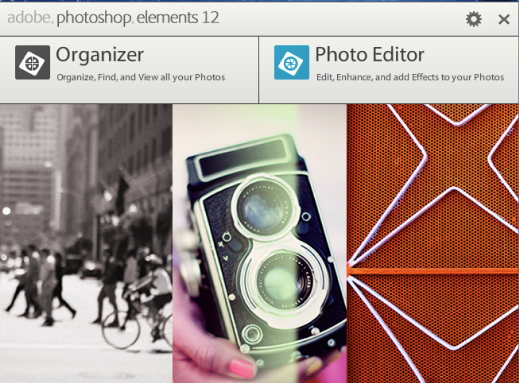
The twin lens reflex is a type of camera invented around 1870 with two objective lenses of the same focal length – one for focusing and viewing, and one for capturing the picture and projecting it on to the focal plane. Classic TLR advantages include whisper-quiet operation thanks to not having the noisy focal plane shutter and retracting viewing mirror that are necessary with single lens reflex configurations, The TLR’s large 2 1/4″ x 2/1/4″ (6cm x 6cm) groundglass focusing screen that doesn’t go black at the moment of exposure.
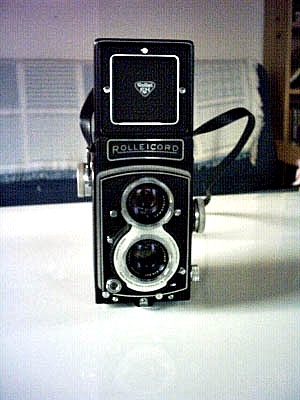
Your reporter is a longtime twin lens reflex enthusiast. I love twin-lens reflex cameras, and consider the venerable and near-extinct TLR to be the ne plus ultra of camera design configuration. For me, the combination of whisper-quiet operation, low vibration thanks to a minimum of moving parts, and the facility to compose one’s shot on a two-dimensional groundglass screen’s full negative-sized preview of the photograph (albeit reversed) rather than peering through a viewfinder or single lens reflex pentaprism made and still makes the TLR a pleasure to use.
Naturally, I’m delighted that the twin lens reflex concept has survived into the digital photography era. For example, you can convert your iPad version 2, 3, or 4, or an iPhone 4 or 4S into a mini twin lens reflex camera with an accessory called MirrorCase, which turns the iDevice’s camera into a reflex focuser that let’s you compose shots with the device held in a horizontal rather than vertical orientation.
MIrrorCase For iPad 2,3,4 And iPhone 4/4S
The MirrorCase also facilitates recording lectures or interviews leaving hands free for notetaking, for instance, and thanks to the magic of microprocessing and a free support app, your on-screen preview image is rendered right-side-up and corrected for left to right.

Since the iPad 2 got the front and rear-facing cameras that were missing in the original iPad, something of a meme has developed that nobody who values their cool would actually use the rear-facing camera for fear of looking hopelessly dorky. Users who refrained from using the iPad 2’s two megapixel camera weren’t actually missing out on a whole lot photographically speaking, but sometimes the best camera is the one you have in hand, and the 5 megapixel camera that have been used in all iPads since the third generation inclusive is a very decent quality shooter.
I’ve even found the camera in my iPad 2 more useful than I had expected it to be, and it’s been used to capture moments and memories that otherwise would’ve gone unrecorded. If I looked like a dork while using it to take those shots, too bad. Who decides this stuff anyway?
If I end up with a 5 MP camera in my next iPad (likely soon, although an 8 MP unit is rumored for the next tranche of iPad upgrades, which may arguably be worth waiting for), I’ll definitely use the iPad more for photography, especially if it’s a mini. Unfortunately, there are no MirrorCase models as yet for the iPad Air and iPad mini.
The raised end of the MirrorCase contains a high quality mirror for redirecting the scene into the lens of the iPads back mounted camera. The mirror can be adjusted for the perfect angle by scrolling the thumb wheel located behind the mirror. The mirror in the front of the case reflects the scene into the iPad camera lens. This allows horizontal operation of the camera while recording or taking photos. Mirror and mechanics are protected with a clear cover to avoid dust, debris and allow easy cleaning.
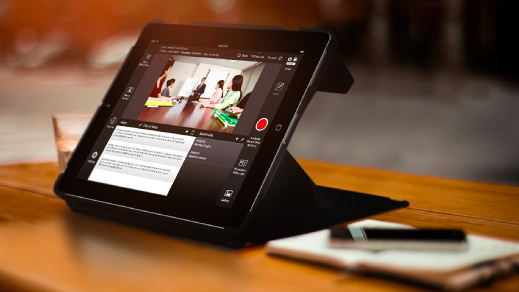
Depending on the placement of your device, you may need to adjust the view, using the MirrorCase’s adjustable Thumb Wheel to get the right angle. This function with the kickstand allow for various viewing angles, especially for example when sitting in front of a class.
MirrorCase HD or HD+ is a full featured iPad app designed to work with the case. The MirrorCase app corrects the reflected image and allows you to snap photos and record video to the iOS camera roll.
Horizontal slots on the exterior of the cover support another feature of the case, the rear kickstand. The kickstand lets you select different positions for various screen angles. The MirrorCase folds up quickly and can be stored in your carrying bag or comfortably held for when youre on-the-go.
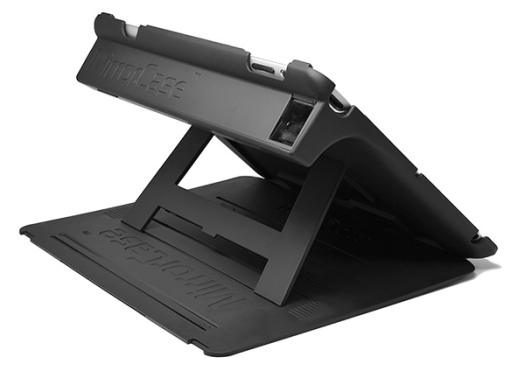
MirrorCase for iPad is also engineered with an Acoustic Port. This feature redirects sound from the speaker, located on the back of the iPad, towards the user thus improving sound quality. Below the Acoustic Port is a storage compartment where you can stow away your stylus, pen or pencil.
MirrorCase for iPad is an ideal lecture capture tool for students who like to refer back to specific parts of a lecture for study, and also allows students with low vision to view the live lecture on their iPad rather than struggle to decipher information from aStudents
For those with short attention spans who have difficulty focusing during class. MirrorCase for iPad can record in low resolution for optimal storage of information to refer back to a whole semester worth of notes, and helps students record notes without having to physically take or carry them. Educators can pre-record lessons or presentations to digitally distribute during class, allowing more time for discussion.
As noted, a major advantage of classic TLRs was that they were a lot more subtle than holding a camera up in front of your face, consequently making candid photography easier. MirrorCase does the same for the iPhone 4/4s and the iPad 2, 3, and 4’s cameras. (An aside; if shooting with an iPad makes one look “dorky,” what did the huge old Graflex Speed Graphic cameras of the ’30s, ’40s, and ’50s, make the intrepid newspaper and magazine photographers of that era look like?
At its core the case is composed of a sturdy plastic for uncompromising protection, it is then coated with a soft-touch finish for comfortable gripping and control.
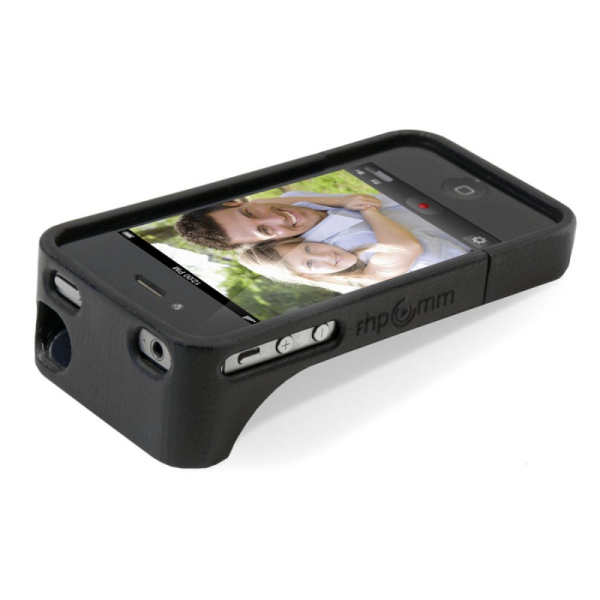
The interior of the MirrorCase for the iPhone has specially placed bumpers to keep the phone in place and provides shock absorption for the unexpected bumps in life. The case was also designed at an angle to prevent the iPhone from resting on it’s power/usb cord. Not only does this allow your cable to last longer, but it also helps avoid a damaged port. The MirrorCase for iPhone doubles as a shoulder rest, helping prevent the phone from slipping off of yourergonomic with it’s ergonimic design. The MirrorCase also redirects the flash from your iPhone allowing comfortable use of the flashlight functionality. This makes looking into tight spaces, like a network rack, computer tower, or any other place you’ll need to peek into even easier.
Mirrorcase for iPhone sells for $49.95, and for iPad $79.95.
For more information, visit:
http://www.mirrorcase.com
Reflex – Vintage Twin-Lens Camera and Image Editor
https://itunes.apple.com/us/app/reflex-vintage-camera-pic/id612498996?mt=8b Reflex the iOS app is a digital clone of the nearly 150 year old camera concept allowing iOS devices to take vintage looking photos and share them to social network sites like Instagram, Facebook, and Twitter.
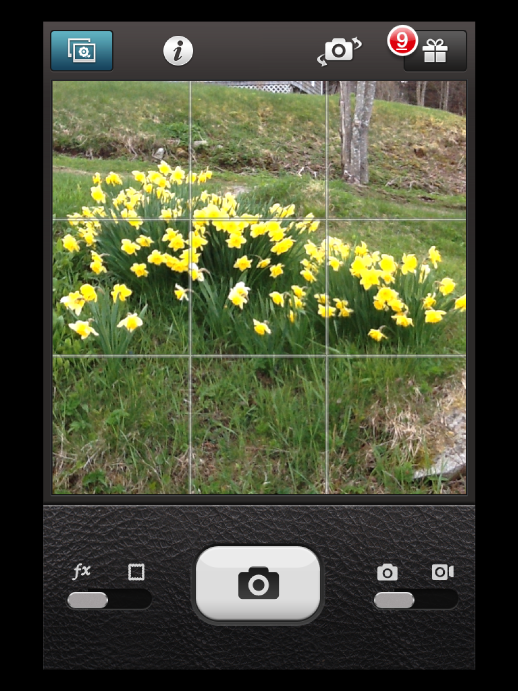
A range of vintage twin-lens viewfinder models can be selected.
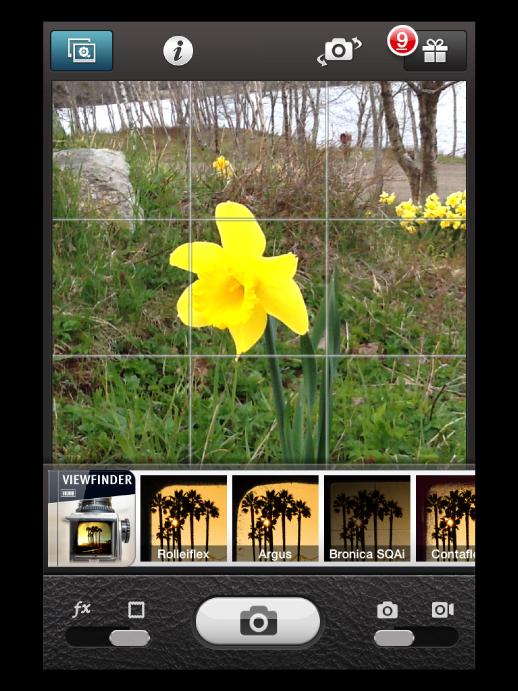
Reflex can give you instant effects with an old-fashioned look and feel, transforming your digital photo into an old school and vintage style.
Lotogram’s Vintage Photo Editor and Video Camera App on the Apple App Store includes quick and easy editing tools and Industry Film Coloring Standard to simulate the vintage photos.
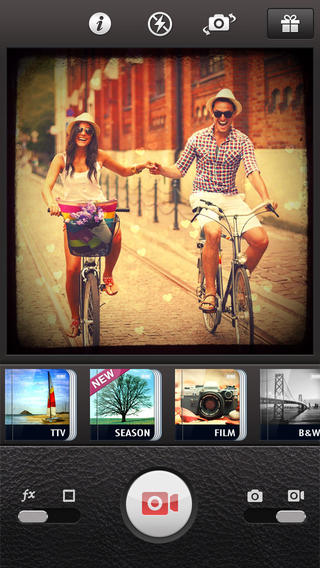
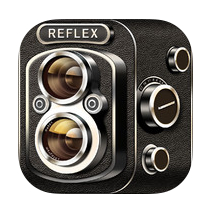
Key Reflex features:
15 vintage textures in TtV Pack
3 Border Packs with 39 different borders
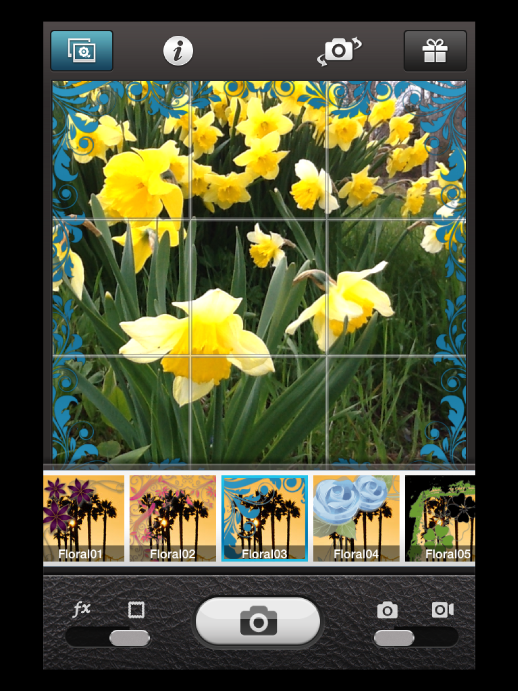
Develop Rolleiflex photo from Camera Roll
Save your work to camera roll in high resolution
Switch between Front Camera and Rear Camera
Switch Flashlight to ON/OFF/Auto/Torch mode
Real-time preview for effects and borders changing
Edit the photo again after shooting
Real-time Video Recording for Instagram (NEW)
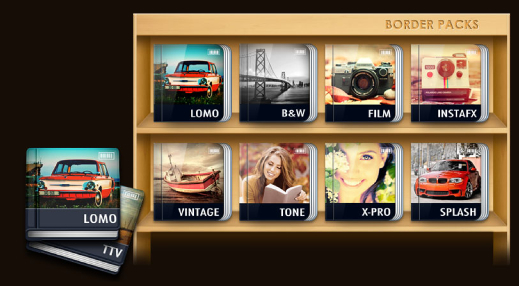 “>
“>
More than 70 effects are available for in-app purchase.
Film – Transports your digital photo back to an authentic, old school film look with unique colors.
InstaFX – Add some really eye-catching instagram effects to your photos with this beautiful pack.
LOMO – Set your photos apart ordinary with unique coloring, high contrast, and dark vignettes.
B&W – Bring out the soul of colored photo with monochrome of visual arts.
Tones – Turn your life’s moments into different color tones with these effects.
Splash – Create dramatic photos by converting photos into B&W and leaving the interesting color.
Vintage – Instantly give your photos a timeless vintage feel inspired by popular film treatments.
X-Pro – Render your photos with cross-processing style by unnatural colors and high contrast.
Resolution:
Max saving photo resolution: 2048×2048 pixels
Max sharing photo resolution: 612×612 pixels
Instagram Video resolution: 640×640 pixels
Note: the iPhone 4 may have low frame rate when recording and taking photos due to the limitation of hardware(About 10fps).
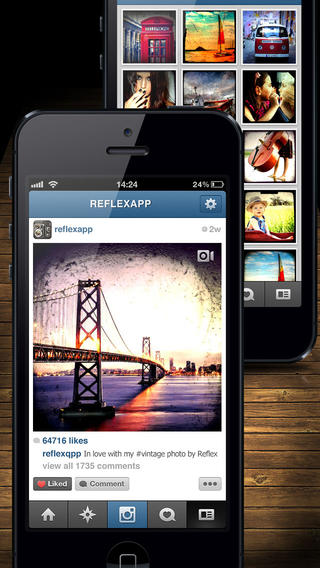
Compatibility:
Requires iOS 5.0 or later
Compatible with iPhone, iPad, and iPod touch
This app is optimized for iPhone 5.
App Store:
http://goo.gl/MECFPB
Once upon a time, most consumer cameras — such as the once ubiquitous Kodak Brownie, had reflex viewfinders. That is, a viewfinder with which you look downward at a mirrored image to compose your picture. The downside, so to speak, was that the image you saw was rendered upside down. That aspect wasn’t considered radical, since the big view cameras used by professionals in those days also rendered upside down focusing images, albeit on a ground glass screen covering a vast (4″ x 5″ or 8″ x 10″ or even larger) focal plane.
In the late 1920s, high end German camera maker Franke & Heidecke (now DHW Fototechnik) introduced the iconic Rolleiflex twin lens reflex (TLR) camera design, thereby revitalizing professional photography with what were then considered “minicams,” compared with the 4″ x 5″ negative format or even larger standard of the day. You still looked downward at a reflected image to frame and focus a TLR, but via the combination of using a mirror a through-the-lens image projecting onto the back of a groundglass optical screen corrected to right side up, although still reversed left to right. However, after you got used to that, the two-dimensional preview rendered at the actual size of the 2 1/4″ x 2/1/4″ (6 x 6 centimeter) 120 roll film negative or transparency was great. From its introduction in 1928, the Rolleiflex became the camera of choice for professionals, and for many advanced amateur photographers as well, for over 30 years.
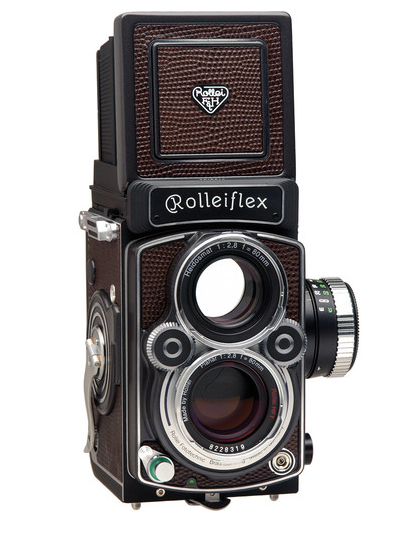
I cut my proverbial photographer teeth on twin lens reflexes back in the 1970s, first with Japanese Yashica Rollei clones, which were actually pretty good. Later I made my living as a wedding and portrait photographer using primarily a Rolleicord VBB TLR. I still find looking downward at the focus image a lot more natural-feeling than peering through a viewfinder or looking at a vertical orientation display image on the backside of a digital point-and-shoot camera, or even using a through the lens focusing single lens reflex. For one thing, it’s a lot more subtle body English than camera face or “phone face” and ideal for candid photography, and it can be used to compose and shoot around corners or from over your head.
Because you look down into the ground glass hood, you could stand facing one direction with the camera pointing elsewhere — great for candid or “spy” work! The crude-but-effective “sports finder” — basically open gun sight aiming apertures incorporated in the focusing hood, work well for action shots more than 20 feet away. Because the negative is square, there’s no time lost deciding between horizontal or vertical composition.
However, the moderate amount of developed skill required to cope with the reversed focusing image, plus parallax errors in close-up work caused by the viewing and taking lenses being on separate planes, and the fact that the TLR Rolleiflex and its imitators did not offer interchangeable lenses (Mamiya’s Mamiyaflinterchangeablepport interchangable lenses. A buddy of mine had one and loved it, but it was heavy and expensive), caused them to lose ground to the heavier, noisier, more expensive, much more mechanically complex, single lens reflex Hasselblads, Bronicas, Mamiyas, and ultimately Rollei’s own medium format Rolleiflex SL 66professionalss among profssionals in the 1960s and 70s, not to mention 35 mm’s metamorphosis from being regarded as a mini (“minicam”) format to the de facto mainstream photography standard.
Nevertheless, the Rolleiflex TLR has never really gone out of production, and you can still buy one new today, albeit at an astronomical price. It is now more or less a special interest collector’s item, although a highly functional one still capable of taking superb photographs.
Bonzart Ampel Tilt-Shift Twin Lens Digital Camera – High-End Features Without High-End Price
On a more affordable plane, the high-end power of photographic lens tilt-shifting is now available in a digital camera with a price under $200. Normally, a tilt-shift lens alone would cost $300 or more, but the Bonzart Ampel camera offers the feature wcapable twirecordingcapible of recodring imagery that’s not just retro, but potentially “retro-ly” stunning. While digital post-processing techniques can yield results sort of similar to those achieved with lens tilt, with the Bonzart Ampel, tilt and shift are not just software generated effects, but lens configurations that let you take tilt-shift photos in the camera on the fly.
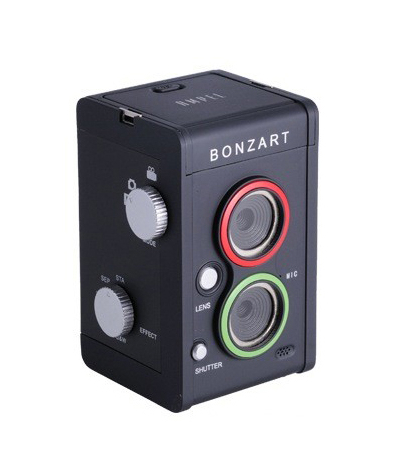
“Tilt-s”hift” photography refers to two different types of camera movements: 1) rotation of the lens plane relative to the image plane, called “tilt”, and 2) movement of the lens parallel to the image plane, called “shift”. Tilt is used to control the orientation of the plane of focus (PoF), and hence the part of an image that appears sharp; it makes use of a geometric rule called the Scheimpflug principle (named for Austrian army Captain Theodor Scheimpflug — b1865/d1911 — who devised a systematic method and apparatus for correcting perspective distortion in aerial photographs) that describes the orientation of the plane of focus of an optical system (such as a camera) when the lens plane is not parallel to the image plane. With tilt, the lens plane is tilted relative to the image plane, putting the plane of focus (PoF) at an angle to the image plane so that objects at different distances from the camera can all be sharply focused if they lie in the same plane, which can be useful in for instance landscape photography.
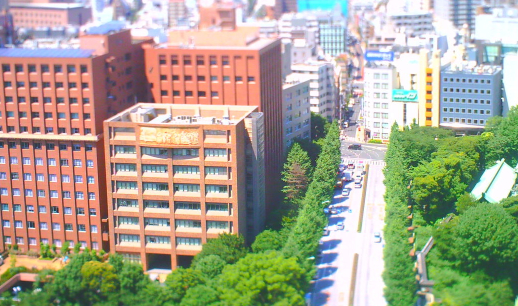
Shift is used to adjust the position of the subject in the image area without moving the camera back — often helpful in avoiding the convergence of parallel lines caused by perspective distortion, such as when photographing tall buildings. With shift, the lens is shifted downwards to avoid perspective distortion, for instance allowing all vertical lines skyscrapers in a cityscape to run parallel to the edges of the image.

Available in the United States through the AC Gears premium online electronic and lifestyle store http://www.acgears.com/bonzart-ampel-tilt-shift-twin-lens-digital-camera-conf.html, is the Bonzart Ampel Tilt-Shift Twin Lens Digital Camera. AC Gears is the exclusive distributor for Bonzart cameras in the US. Selling for a reasonable $180, as noted above the Bonzart unit is no mere retro “toy” camera, but a serious photographic tool with some advanced capabilities, as well as being the closest contemporary analog of the classic Rollei, Yashica, Mamiya and other twin lens reflexes from the golden age of film photography. It reportedly old out completely in Japan within months of its debut.
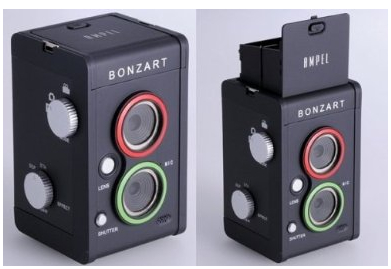
Also on board, the look-down LCD composition screen in the Bonzart Ampel’s twin lens reflex body lets you see your subject before and after the shot. You can also set your shutter speed so you can keep the shutter open for longer exposures as you wish. The camera will, also shoot HD videos with sound and let you choose your desired frame rate. Operation in either Japanese or English.
The Bonzart Ampel camera is offered in black and white, sepia, vivid, and a “Fuji-Film” like green called REF.
boBonzartnshood.jpg
Bonzard Ampel Specifications
- 5 Megapixels 1/3.2 inch CMOS sensor
- Monitor Resolution 960 ~ 240
- Lens F2.8, f = 9mm, 0.5m 4x zoom
- LCD display 2 inches 4:3
- 8.5 oz
- Effects: Standard, Vivid, B&W, Sepia, REF
- Shutter Speed Control
- Built-in Mic
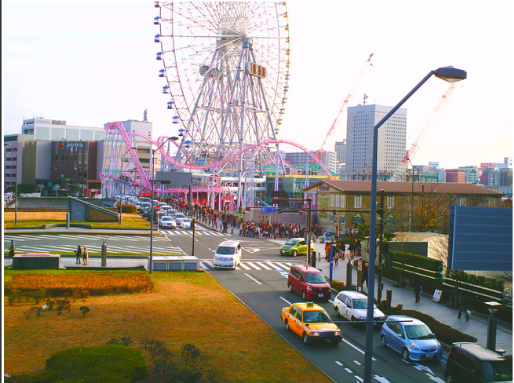
The Bonzart Ampel Tilt-Shift Twin Lens Digital Camera sells for $180.00
Flat rate shipping: $6.99
Free Shipping on orders over $75.
International shipping available via FedEx.
For more information, visit:
http://bit.ly/15hsGYj
See more at:
http://bit.ly/15hsGYj
